The creative shelf: 10 of autumn’s best art books
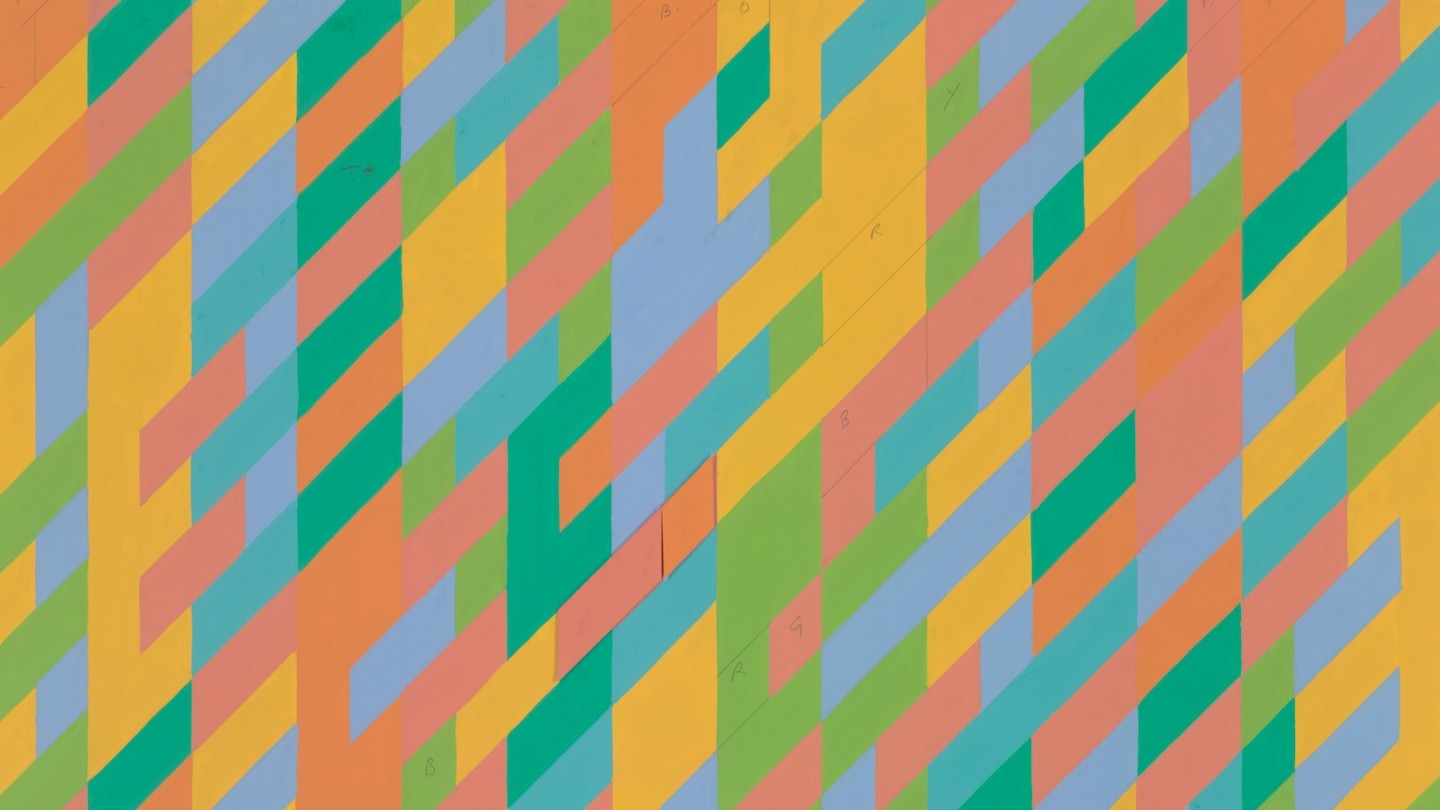
Roula Khalaf, Editor of the FT, selects her favourite stories in this weekly newsletter.
Ken Graves and Eva Lipman: Restraint and Desire
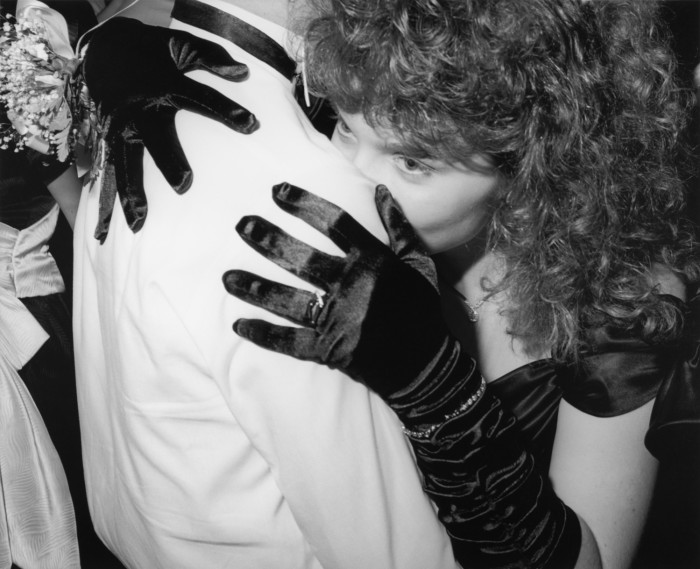
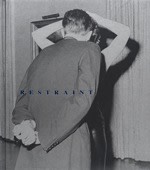
For husband and wife Graves and Lipman, marriage was more than an institution: it was a decades-long creative partnership that resulted in multiple exhibitions before Graves’s death in 2016. One of two new publications, Restraint and Desire brings together a fresh edit of their work and adds unseen images to explore social interactions in public and private across the US: from the intimacy of a kiss stolen at a party to the many hands helping a sailor with his jacket. These passing moments of closeness echo the ups and downs of the couple’s own relationship. “Our work reflected back to us, like a mirror, the intensities and power dynamics of our shared life together,” says Eva. Many of the images seem almost alien after the rigours of the past year: gatherings in tight spaces, warm embraces, bodies packed together within a sauna – all compressed within the pair’s narrow, monochrome shots. But as the title implies, there is another side to the collection that illustrates the tensions and reticence that can go hand in hand with human interaction. In these photographs, the reluctant body language and lingering looks of subjects both young and old – reminders of the complexities of physical contact – are all the more noticeable after a year apart. TBW Books, $50 Chris Allnutt
Bridget Riley: Working Drawings
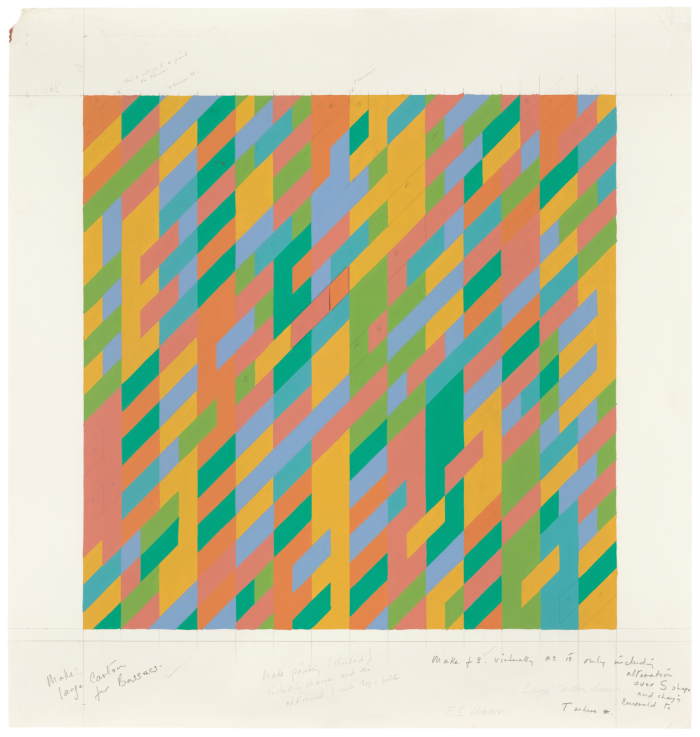
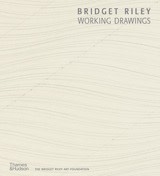
Bridget Riley’s mind-bending, intricate, pioneering Op Art screen prints and paintings are the subject of a new book which, for the first time, focuses on the artist’s preparatory work. Over 150 drawings, colour analyses, notations, scale studies and cartoons reveal the processes and thinking behind her geometric, shimmering works. “Because my work is based on enquiry,” says Riley, now 90 years old, “studies are my chief method of exploration and my way into paintings.” Thames & Hudson, $60 BS
William Eggleston: The Outlands
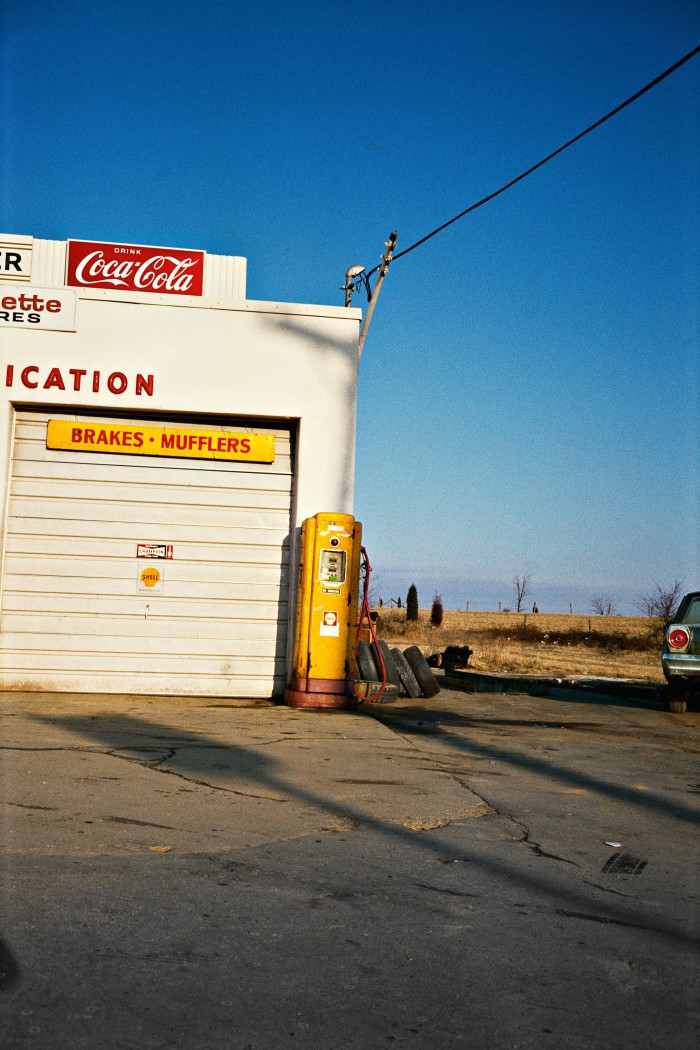
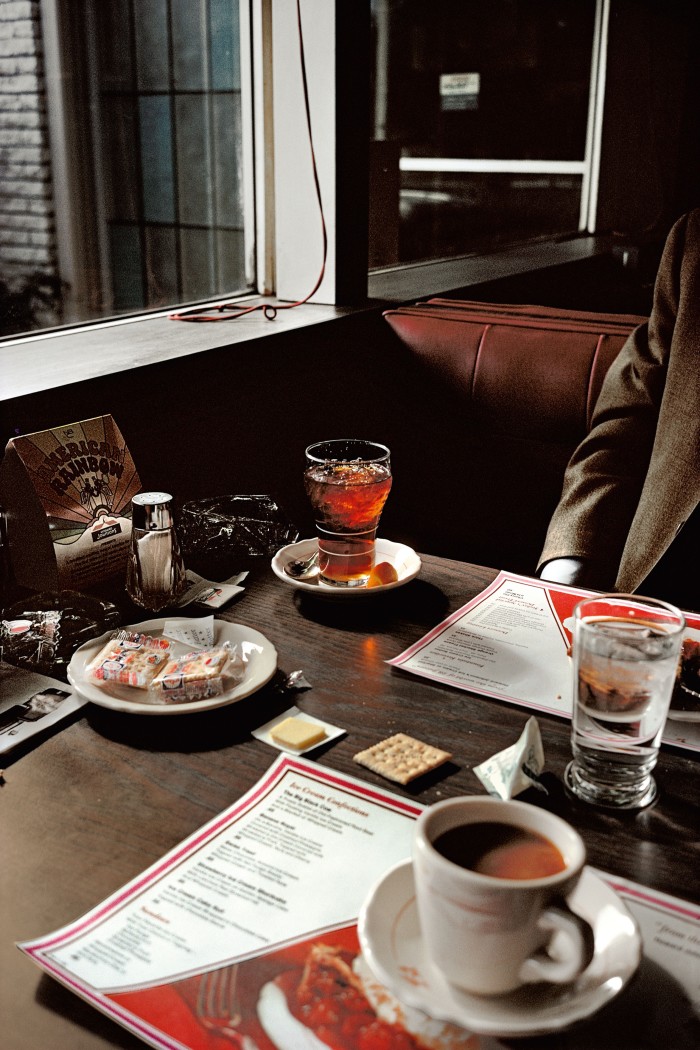

William Eggleston’s experiments with colour film in the mid-20th century, which he used to depict life in the American South, earned him the title “the godfather of colour photography”. Before this, the form was considered the realm of advertising and editorial, but never fine art. Now a new trilogy of previously unseen works is being published. Taken from 1969 to 1974, the images follow a route from suburban Memphis to the back roads of old Mississippi, where Eggleston was raised. Together the three books form a vivid, lyrical portrait of the Deep South at a time of transition. Steidl, $380 BS
Mitch Epstein: In India
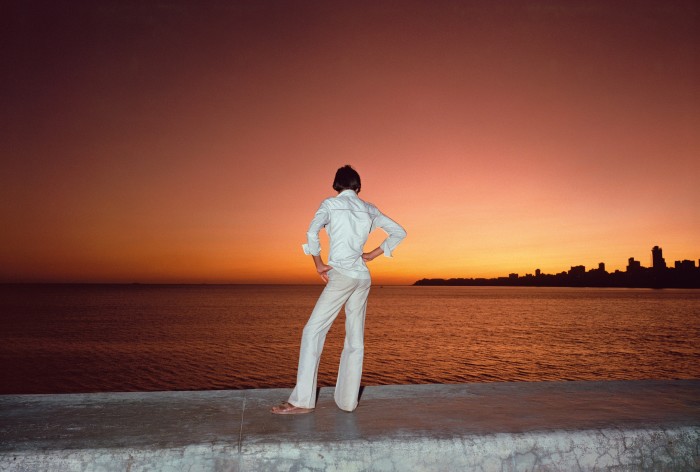
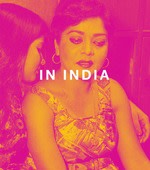
American fine-art photographer Mitch Epstein made eight trips to India between 1978 and 1989 while working on three films with his then-wife, director Mira Nair. Over the course of that time, he shot tens of thousands of photographs, a selection of which, most of them previously unpublished, have now been brought together in a new book: In India. The images capture public scenes – such as a crowd of men veiled in neon-pink powder at the Ganpati festival – as well as more intimate moments. Together, they reflect India’s broad swathe of subcultures and reveal Epstein’s position as both “insider and outsider”. “I had to be back in America for several decades before I could really see the India I had photographed,” writes Epstein in his introduction to the book, “where the stratified facets of society were in continual convergence.” Steidl, $75 Sara Semic
Women Picturing Women
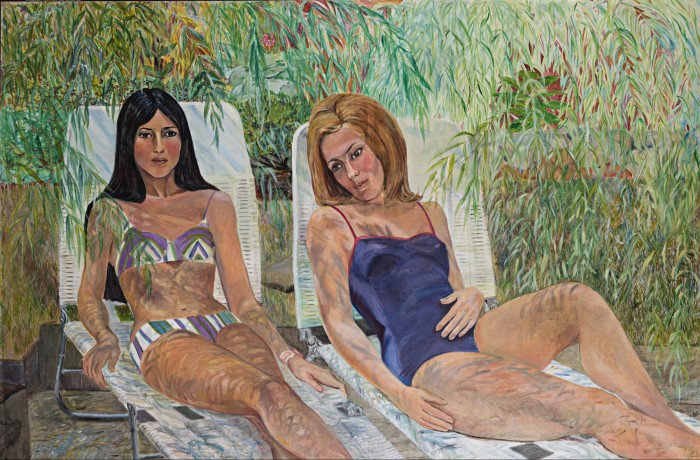
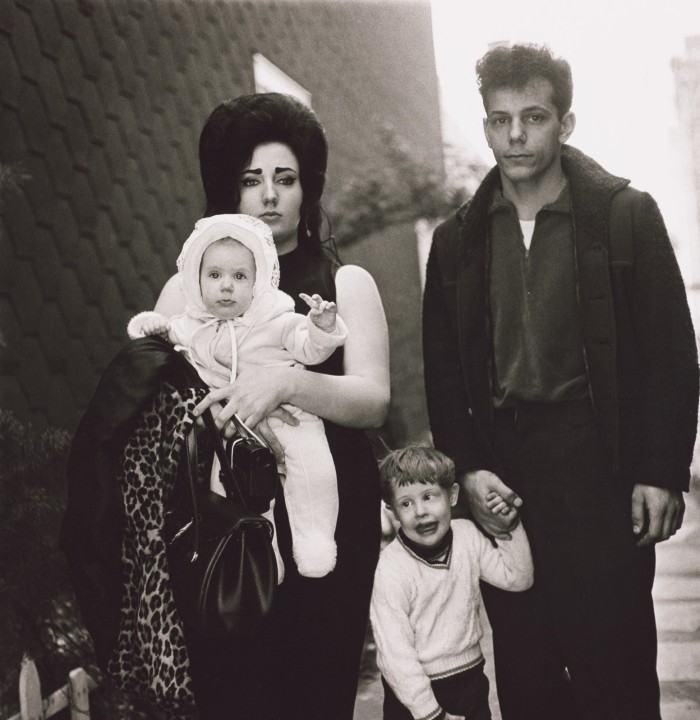
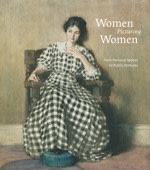
Inspired by an exhibition at the Loeb Art Center at Vassar College in Poughkeepsie, this new book asks what we can learn from how women artists have depicted women’s lives. Spanning works from the 17th century to the close of the 1960s, artists include Alice Neel, Diane Arbus and Angelica Kauffman, while subjects feature scenes of domesticity, depictions of women in the public sphere, and adventures in the natural world – a genre that reveals a particular outdoor fixation among women who were domestically confined, and which inspired them to create “peaceful, easy, even fanciful landscapes”. Frances Lehman Loeb Art Center, Vassar College, $40 BS
Nadine Ijewere: Our Own Selves
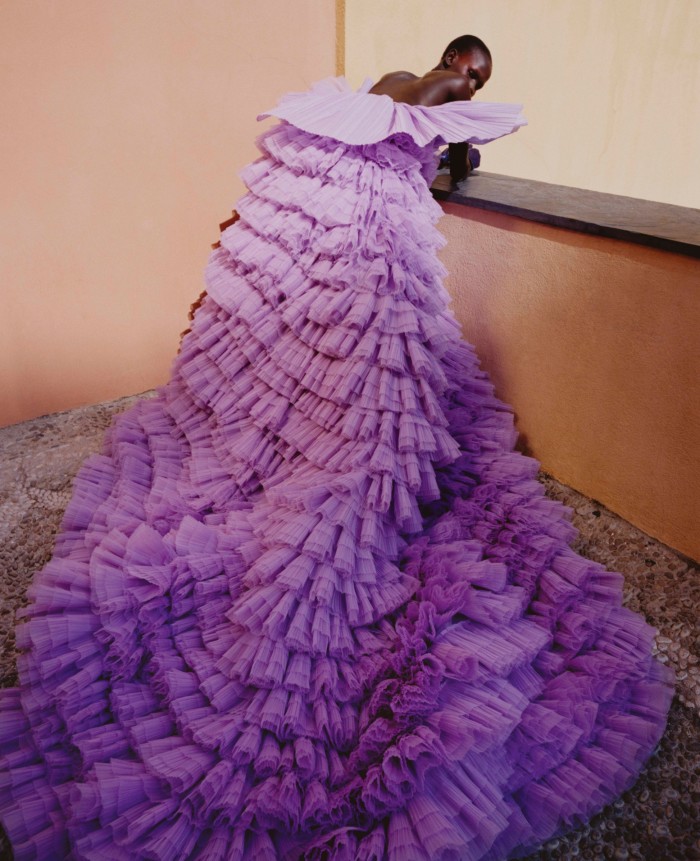
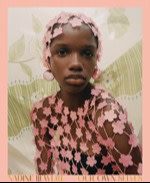
London-based fashion photographer Nadine Ijewere has become known for her uplifting, fantasy-filled photographs that draw on her British-Nigerian-Jamaican heritage. This year, she made history as the first black woman to shoot covers for both American and British Vogue. Her aesthetic celebrates identity, diversity and colour, and was born out of a desire to create the dreamlike images she wished she’d seen in magazines growing up – just look at the sun-soaked haute-couture series shot for Vogue Ukraine, featuring Ethiopian-born South Sudanese model Shanelle Nyasiase in a frothy lilac gown with cascading ruffles. A debut monograph now draws together a selection of these editorials with campaigns for brands such as Valentino and Nina Ricci, as well as personal projects such as her Tallawah series, which exhibits Jawara Wauchope’s colourful hairstyles for women in Jamaica and London. They exude “the happiness, joy and warmth that can be missing from contemporary fashion images”, as Lynette Nylander, executive editorial director of Dazed, writes in the book’s foreword, and “celebrate the majesty of Black hair, Black skin and Black faces”. Prestel, £39.99 SS
Masahisa Fukase: Sasuke
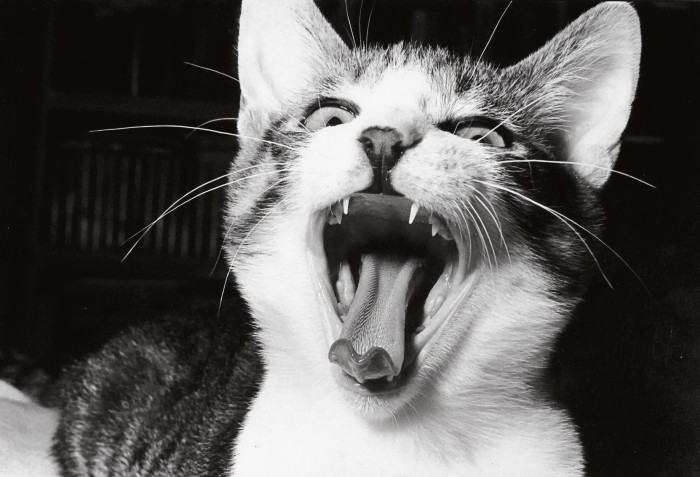
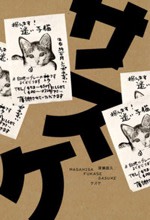
“That year I took a lot of pictures crawling on my stomach to be at eye-level with a cat. It was a job full of joy, taking these photos.” In 1977, the late Japanese photographer Masahisa Fukase produced a series of photographs of his beloved pets Momoe, Sasuke and Sasuke Two. The first Sasuke was named after a ninja character because of his tendency to leap around; when he ran away, his replacement was given the same name. The series has now been collected into a book that includes both unpublished and beloved images, and is organised into four chapters following the chronology of Fukase’s life with cats. The images were taken in the same decade as the photographer’s defining work, Ravens, an impressionistic study of the mythologised birds that he shot in the aftermath of a divorce. Where many saw Ravens as a reflection of Fukase’s melancholic state of mind, Sasuke sees him express his joy in the act of play. “You could rightly say that this collection is actually a ‘self-portrait’,” he said. Atelier EXB/Editions Xavier Barral, $55 BS
Oscar Murillo: By Means of a Detour
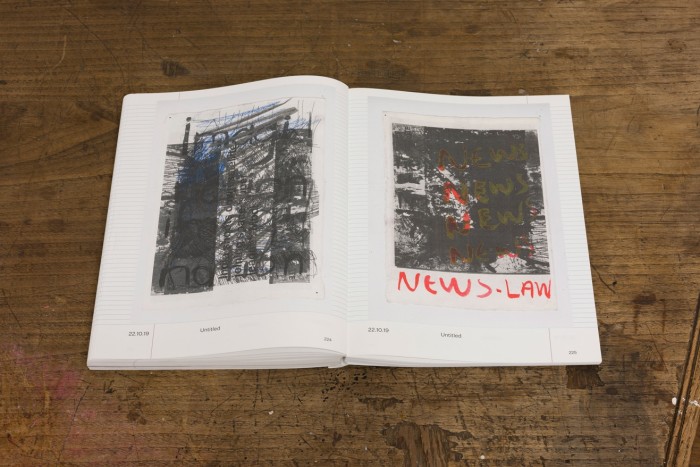
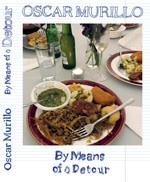
How to depict a year in the life of Turner Prize-winning Colombian artist Oscar Murillo? By Means of a Detour takes on the challenge by following Murillo from his solo exhibitions Violent Amnesia at Kettle’s Yard in Cambridge and Horizontal Darkness In Search of Solidarity at Kunstverein in Hamburg – via Croatia, Shanghai, New York, London, Margate and Munich – through an assortment of photographs, paintings, projects, performances, thoughts, travel ephemera and internet history (screenshots of articles). “The form of this book is a reflection of the frenetic nature of the experience of living through this one year,” writes Murillo. Kettle’s Yard and Kunstverein, £40 Baya Simons
A Small Book of Jewish Comedians
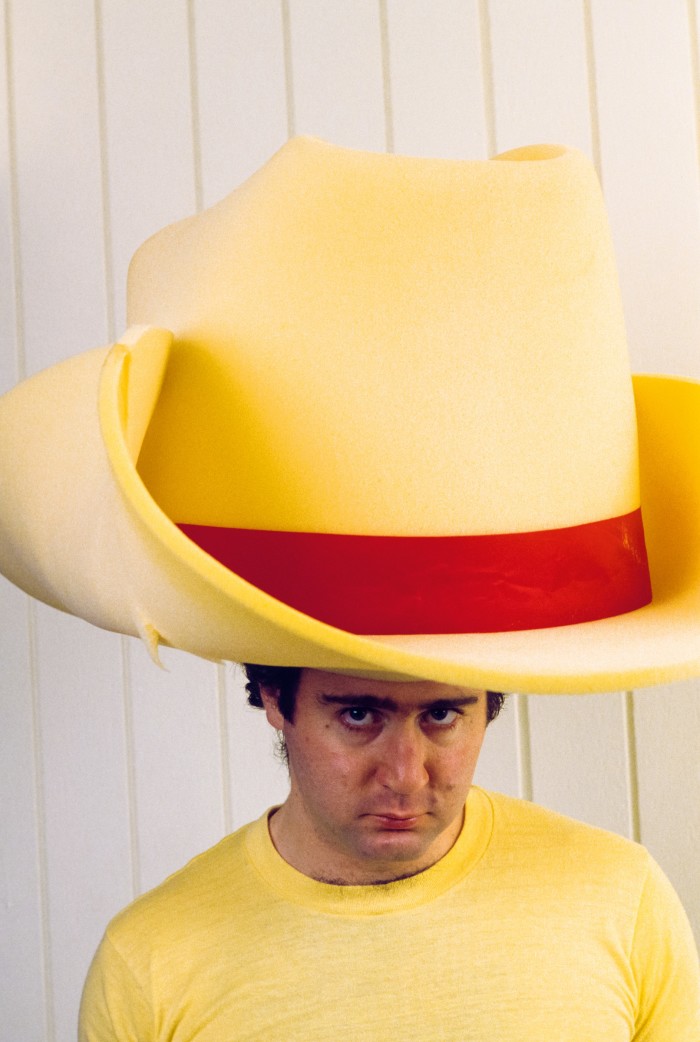

“Outside of a dog, a book is a man’s best friend,” said Groucho Marx. “Inside of a dog, it’s too dark to read.” Quick-witted and instantly recognisable, Marx is just one of the 70 or so figures vying for attention in A Small Book of Jewish Comedians. As a series of portraits, it offers an intriguing overview of many household figures, spanning generations, fashion trends and comedic style. In 1978, Time magazine estimated that 80 per cent of US comics were Jewish. Whether daring (Jon Stewart: “Reason has been a part of organised religion ever since two nudists took dietary advice from a talking snake”) or deadpan (Andy Kaufman: “I never told a joke in my life”), the lines in this collection give a flavour of their vast contribution to the art form. But the book’s humour is as much visual as it is verbal. As often as the comics have been canonised for their words, their sartorial signatures have become iconic also: would Larry David be Larry David without his grey crewnecks and chinos? Or Woody Allen without his eyewear? Kaufman’s anti-comedian persona was dressed in a wardrobe of straight-man eccentricity: in the book he is pictured wearing a vast foam hat and matching yellow T-shirt. A wide-eyed Jerry Lewis, meanwhile, looks as though he has just been caught smoking by a teacher. Together, the images pack the punch of a one-liner, while distilling the wonder of a comedic dynasty. Reel Art Press, £19.95 CA
The Perfect Imperfect: The Wedding Photographs of John Dolan
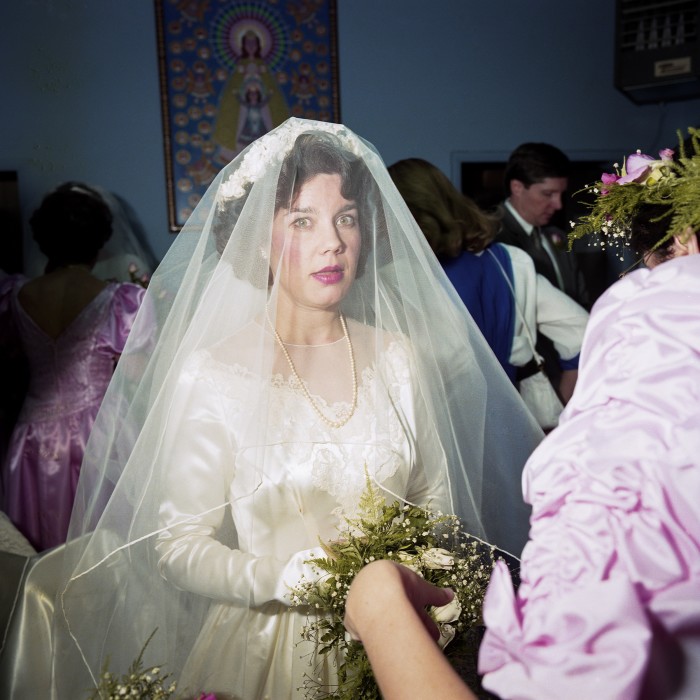
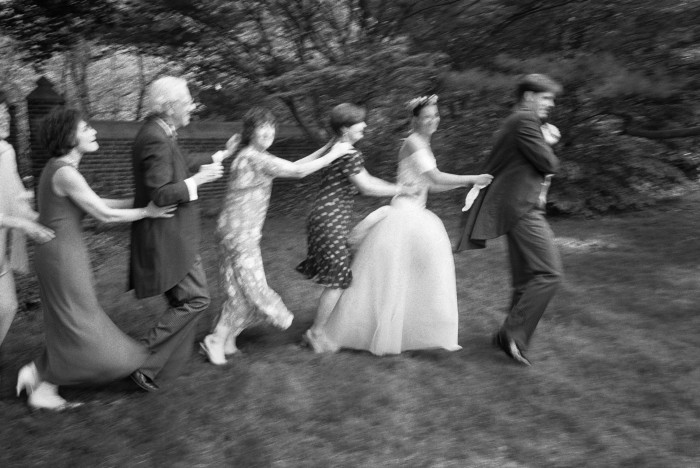
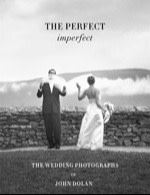
Dolan began capturing weddings in New York City in the late 1980s, and has immortalised the ceremonies of everyone from Will Smith to Gwyneth Paltrow. He has also helped redefine what a wedding photograph can be. Dolan’s sensitivity to the pulse and emotion of the occasion and his careful observation has seen him nurture a market for the candid and unscripted image – where once the stately and traditional may have reigned (think brides and grooms formally positioned beside one another, flowers clutched with two hands, and fixed smiles). Now, a collection of images spanning his 30-year career have been collected in a new book, The Perfect Imperfect. One blurry photograph shows a conga line led by the bride and groom weaving across a garden. Another shows a bride seated in the back of a car, looking out of the window. “The range of emotions is what fascinates me at weddings,” writes the photographer, “from ecstasy to nausea.” Damiani, £68 BS
Comments